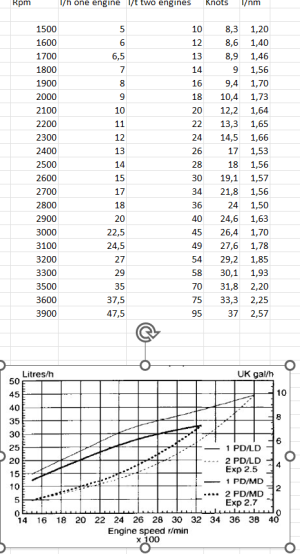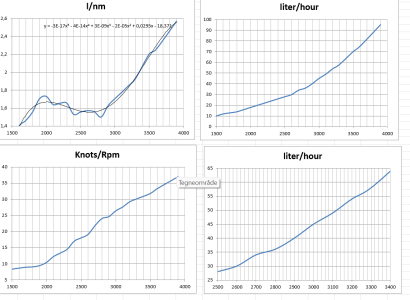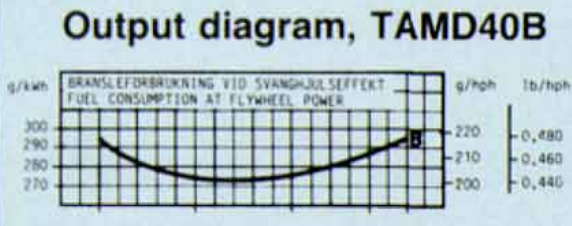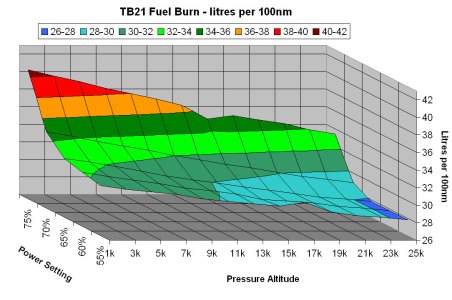bubblehead
Member
Is there a diesel flow meter that can work with twin AD41’s? Or even just on one of them? Keen to be able to work out most efficient speed and usage?
I’ve done a fair bit of searching and seems i can only find them for petrol engines, ie no return line.
Surely there must be something available? Ideally I’d like to connect to the chart plotter to have the info available on screen?
Any advice would be great.
I’ve done a fair bit of searching and seems i can only find them for petrol engines, ie no return line.
Surely there must be something available? Ideally I’d like to connect to the chart plotter to have the info available on screen?
Any advice would be great.





